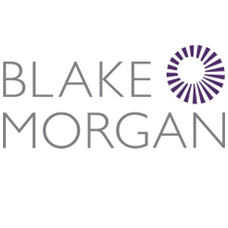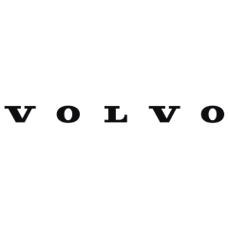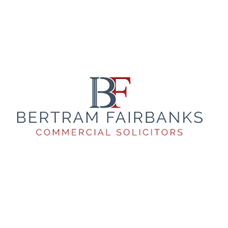When you picture life inside a law firm, do you still imagine large partner offices, stressed associates pulling all-nighters and strict dress codes? If so, you might be surprised, today’s law firms are changing rapidly to stay competitive.
How Law Firms Are Evolving to Meet Modern Challenges

Why Change Is Essential
Law firms face rising real estate costs, talent shortages, and retention challenges. To survive and thrive, they’ve embraced innovation and cultural transformation.
Reducing Costs with Smarter Workspaces
Traditional private offices are giving way to:
- Open-plan layouts that encourage collaboration
- Hot-desking and agile working models
- Serviced office solutions like WeWork
- Remote working options to reduce overhead
Firms are also leveraging the interim legal market to manage workload spikes without committing to permanent hires.
Attracting and Retaining Talent
In a candidate-short market, law firms are prioritizing employee well-being and flexibility:
- Wellness programs: Stress reduction, fitness, and mindfulness initiatives
- Career development and mentoring: Boost engagement and retention
- Flexible policies: Shared parental leave, remote work, and autonomy
- Relaxed dress codes: “Dress for your day” policies, even jeans at firms like Dechert
These changes not only attract top talent but also create healthier, more inclusive workplaces.
The Bottom Line
While the traditional law firm model isn’t gone, the industry is evolving and for the better. Firms that embrace flexibility, wellness and innovation will lead the way in attracting and retaining the best lawyers.
If we can assist you and you might appreciate a no obligations discussion, please get in touch with one of our dedicated consultants,















